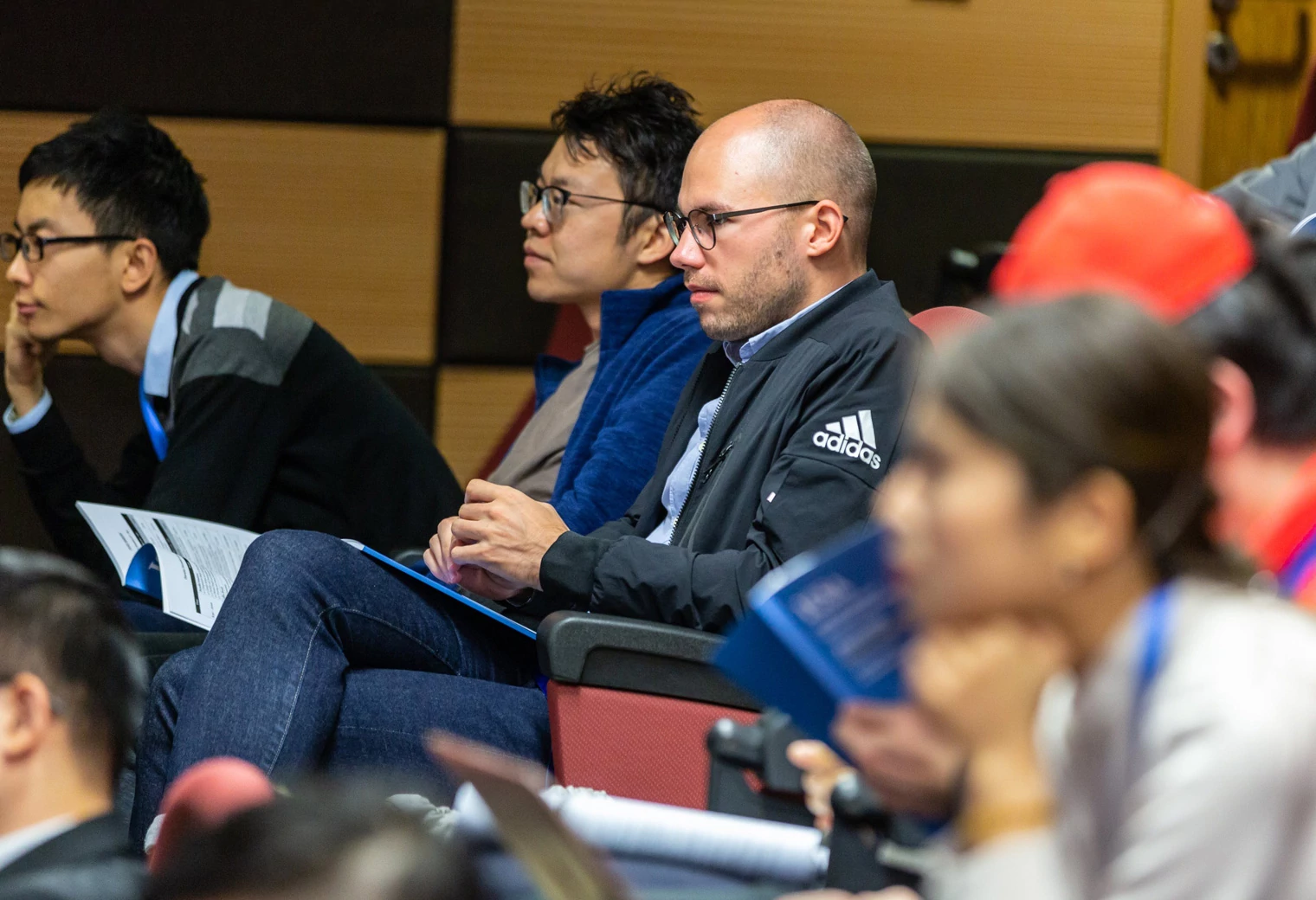The Cambridge CELTA or the Trinity CertTESOL presents a range of challenges for new teachers. It is after all, an intensive, yet incredibly rewarding experience.
Without actually joining the course, it is difficult to know what is in store for you. So here are some of the big learning curves that I see trainees embarking upon during the courses that I have lead, to give you an idea of what to expect for your own training experience.
The confidence to stand up and teach
For most trainee teachers, the most nerve-wracking part of the CELTA or the CertTESOL course is standing up in the classroom and actually teaching.
With little to no experience, trainees often lack confidence in what they are doing, feeling like impostors in an alien environment – the feelings of:
‘What if I teach the students something wrong?’,
‘What if I make a mistake?’,
‘What if they don’t understand me?’
all give rise to panic, dry mouths and twisted tongues.
This is totally normal and actually means that trainees care about what they are doing – a blaze approach which doesn’t consider the students’ reactions demonstrates less empathy than the nerves and indicate insecurities.
For most trainees, post-lesson feedback helps with confidence-building, as the positive, constructive criticism from trainers guides the new teachers towards an action plan to improve any issues that arose.
Thus most trainees come out of their first couple of lessons feeling more positive than they thought they would.
Putting the students first
An additional challenge for practical teaching on the CELTA or the CertTESOL course comes from the student-centred approaches that form the basis for much of what we do in TESOL.
The theory is that as the learners are the most important people in a classroom (learning is the goal of education, after all), everything that is done by a teacher should have the learners in mind.
A good teacher will listen carefully to the students in the class, has to notice when a learner is struggling and act accordingly and makes many teaching judgments based on the behaviour of the class as the lesson progresses.
This is a set of skills which does not develop naturally (hence the focus on real, observed teaching time on the course), and it can be difficult for a trainee who knows their teaching is under assessment to remember the students.
It’s all too easy to focus so much on what you are doing as the teacher that you lose sight of the learning, which is (or isn’t) happening in front of you.
A good tip for starting trainees during teaching practice is to remember that for the majority of the time, a CELTA or a CertTESOL tutor will be watching what the students are doing, rather than focusing solely on the actions of the teacher.
An effective lesson is assessed according to the achievement of student-centred outcomes, so it follows that the best mark of success in a lesson, is whether the students perform well, regardless of how much work the teacher does. It’s easy to be selfish when you are alone in front of a class, but this view will only hinder things for the students.
Grammar and terminology
Another steep learning curve for many trainees is the development of language awareness for the course.
Processing grammatical structures, identifying word classes, learning the International Phonemic Alphabet (IPA) to a working standard, and using the correct terminology to describe and analyse language is a daunting task.
A good tip for prospective trainees is to start working on this enormous area as soon as possible. As soon as you have a place on a course, get hold of some of the key recommended reading for the course, as listed in the centre’s pre-course pack, and start looking at the simpler, more descriptive elements of language.
Get to grips with how to identify verbs, nouns, adjectives and adverbs, look at how tenses and simple sentences are formed, and do some work online with the IPA (there are lots of useful resources out there to start you thinking about sound and pronunciation in this way).
The more of the basics you can get to grips with before the course, the faster your learning curve will be, and the more headspace you will have for the more complex, next-level language analysis you will be grappling with from week 2 of the course.
Written assessments
Like any course, both CELTA and CertTESOL are objectively assessed both internally (by the tutors from the centre where you are studying) and externally, by a Cambridge or Trinity College moderator respectively, who samples every trainee’s work at the end of the course.
Assessment is based around 6 course components, composed of a language awareness exam, over 6 hours of classroom teaching, an assessed interview and (of course) four written assignments of between 2000 and 6000 words in length.
It is the production of these written assignments, along with everything else that needs to be done for the course, which poses a further challenge for trainees. However, with some effective time management and attention to priorities every day, the course load is manageable, and the vast majority of course trainees work hard and complete all course content within the time of the course.
As a tip for time management, my advice is to use your course timetable wisely – highlight deadlines, your teaching practice lesson times and any other times when you have something to do across the length of the course.
Find days where you have some self-study time, and plan your workload accordingly. Get started on assignment duties as soon as possible and get it done. With a workload like this, one day of missed work can cause significant problems when assignment work is being set every day, and it starts to pile up.
Get the writing done any time you can, and don’t underestimate your lesson planning time. This will eat into your evenings and weekends if you let it.
Conclusion: All in all, the intensity of a CELTA or a CertTESOL course is what makes it such a rewarding experience. However, this means that you should head off some of the potential issues before they arise. Be prepared, do your groundwork and stick to a routine where you stay on top of the workload, and you will be able to succeed at the end of the course. Then it’s time for a stiff drink and an early night before you think about where you want to take your new qualification!
This article was originally published in Jan-2020 and was last updated in Jul-2020.
Author: Tom Garside




